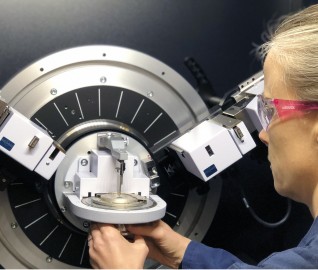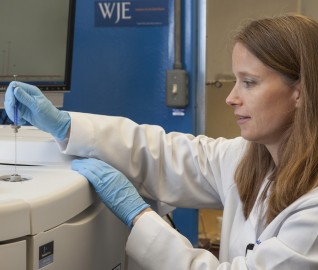pH is, within the limits described in 1.1, an accurate measurement of the hydrogen ion concentration and thus is widely used for the characterization of aqueous solutions. pH measurement is one of the main process control variables in the chemical industry and has a prominent place in pollution control. This test method specifies the apparatus and procedures for the electrometric measurement of pH values of aqueous solutions with the glass electrode. It does not deal with the manner in which the solutions are prepared. pH measurements of good precision can be made in aqueous solutions containing high concentrations of electrolytes or water-soluble organic compounds, or both. It should be understood, however, that pH measurements in such solutions are only a semiquantitative indication of hydrogen ion concentration or activity. The measured pH will yield an accurate result for these quantities only when the composition of the medium matches approximately that of the standard reference solutions. In general, this test method will not give an accurate measure of hydrogen ion activity unless the pH lies between 2 and 12 and the concentration of neither electrolytes nor nonelectrolytes exceeds 0.1 mol/L (M).
WJE laboratories are accredited by ANAB (ISO/IEC 17025) to perform testing standard ASTM E70 for pH of Aqueous Solutions with the Glass Electrode.
Contact us to learn more.
Keywords
ASTM E70 - Accuracy - Aqueous Solutions - Electrodes - Electrolyte - Glass Electrodes - pH - pH Meters - Precision - Precision and Bias
ICS CODE
71.040.50 (Physicochemical methods of analysis)
CITATION FORMAT
ASTM E70-07(2015), Standard Test Method for pH of Aqueous Solutions with the Glass Electrode, ASTM International, West Conshohocken, PA, 2015,
www.astm.org
 John E. Pearson, Principal and Laboratory ManagerWJE Northbrook MORE >People | John E. Pearson, Principal and Laboratory Manager
John E. Pearson, Principal and Laboratory ManagerWJE Northbrook MORE >People | John E. Pearson, Principal and Laboratory Manager WJE's Janney Technical Center (JTC) provides advanced testing and forensic capabilities to... MORE >Labs | Janney Technical Center
WJE's Janney Technical Center (JTC) provides advanced testing and forensic capabilities to... MORE >Labs | Janney Technical Center Our materials scientists provide comprehensive consulting services for the evaluation and... MORE >Services | Materials Evaluation and Testing
Our materials scientists provide comprehensive consulting services for the evaluation and... MORE >Services | Materials Evaluation and Testing WJE was founded on a spirit of innovation—that everything can be improved and that... MORE >Services | Product Development, Evaluation, and Testing
WJE was founded on a spirit of innovation—that everything can be improved and that... MORE >Services | Product Development, Evaluation, and Testing


































